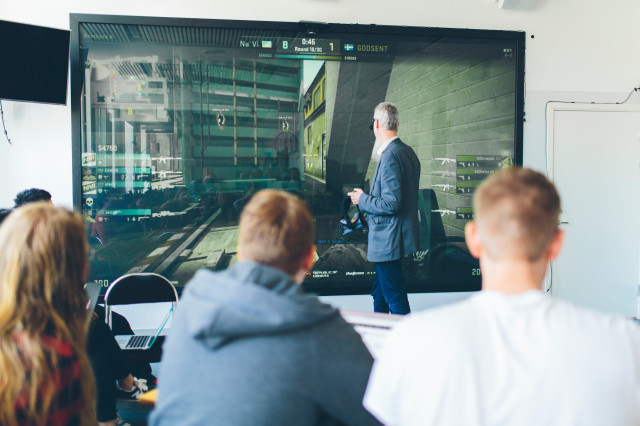The course covers safety and security aspects in cyber-physical systems. In particular, cyber-physical systems that can be modelled as dynamic systems are studied, with applications in critical infrastructure and autonomous systems where cyber-attacks and failures can have physical consequences. We introduce discrete-time dynamical systems using linear algebra. A large part of the course is devoted to presentation by basic principles and methods for modelling, analysis and detection of errors and cyberattacks in dynamic system. In particular, the following is studied
− Documented attacks against cyber-physical systems, system architectures, safety and accessibility, risk management and attack-space in cyber-physical systems.
− Model-based quantification of physical consequences of faults and cyber-attacks, false data injection and DoS attacks, discrete-time linear state models, observers (UIO), strong observability and detectability.
− Model and data-based error detection, fault identification and redundancy, parity space methods, observer based methods, setting of threshold.
− Statistical anomaly detection, hypothesis testing, Neyman-Pearson's lemma, generalised likelihood ratio (GLR), Bayes' theorem, principal component analysis (PCA), detection of abrupt process changes, cumulative sum test (CUSUM), machine-learning based methods.
